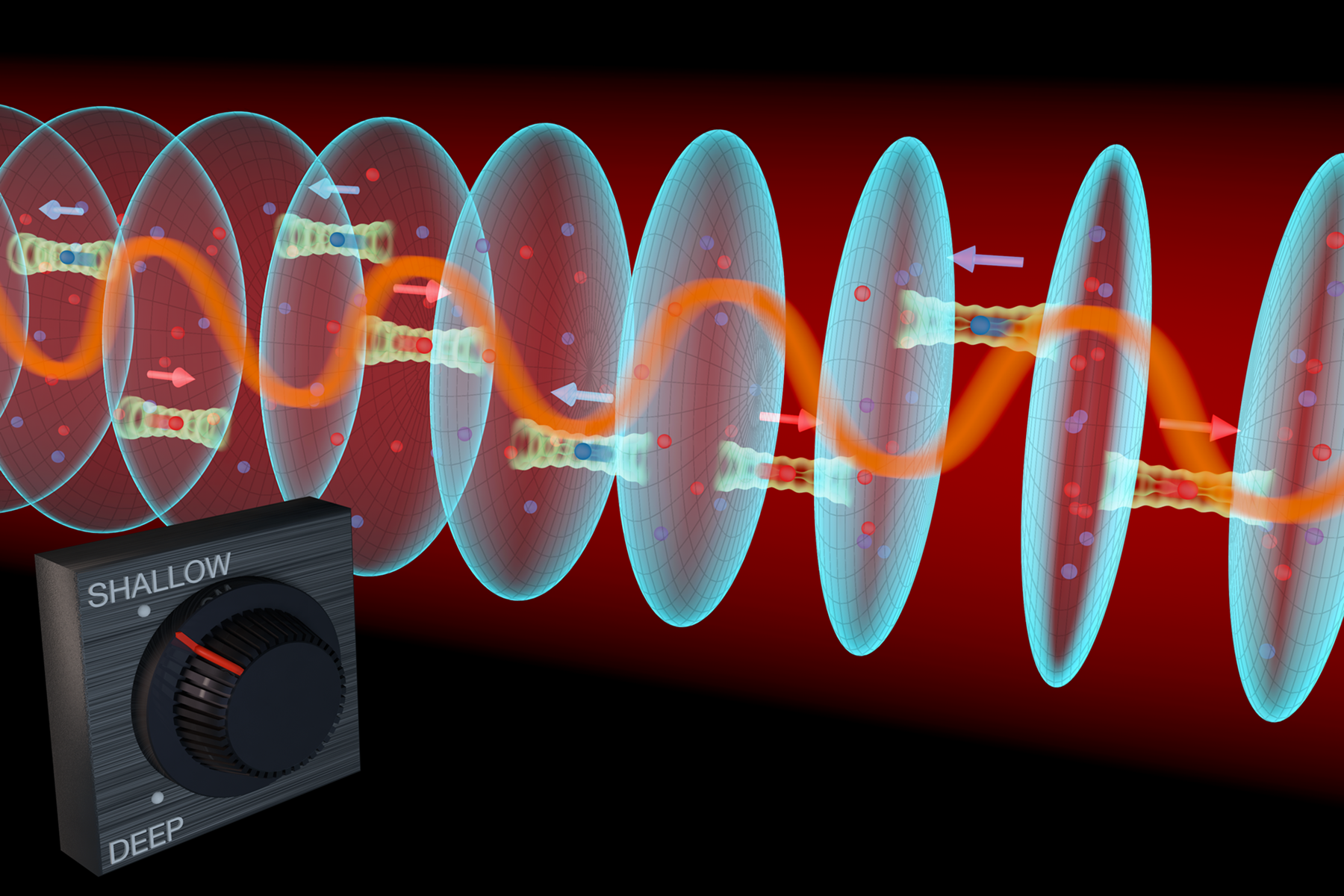Quantum Supremacy
Researchers are no longer focused solely on building a quantum computer that could carry out Shor’s algorithm and break encryption codes. For many, an intermediate goal is to achieve “quantum supremacy,” a term coined by Caltech’s John Preskill to describe the demonstration of a quantum computer that can carry out tasks that are not possible or practical with a traditional computer.

Achieving quantum supremacy is expected to be a momentous milestone, but some researchers see it as being more of a yardstick that will enable quantum computers to distinguish themselves from classical computers in their abilities to solve problems.
Indeed, scientists have now created rudimentary quantum computers in their labs that are close to outpacing ordinary computers, and they are now searching for problems to attack.
And quantum computers would undoubtedly be better at solving certain problems.
“One of the biggest applications I can think of is optimization,” says Monroe.
Optimization comes into play in the “traveling salesman” problem. Imagine you're a salesperson with a map of the United States. You have to travel to 1,000 cities once, and only once, and you want to find the most efficient path to cover all those cities so that you spend a minimum of time and money traveling through them. It’s a problem that airlines and courier services face every day.
“That’s a really hard problem,” Monroe says. “It's provably hard using classical computers. If I add one city, it gets twice as hard, so that's an exponential problem in complexity.”
While quantum computers may not be able to provide exact solutions to the traveling salesman problem, it could run algorithms to speed up approximate solutions that aim to find the most optimal paths. Optimization “is exactly the type of problem that quantum computers are well-suited for,” Monroe says.
Solving optimization problems can provide answers into how nature gets the most energy or efficiency out of photosynthesis. There’s ample reason to believe that quantum computers would be good at solving optimization problems. For one, nature seems to have no trouble with them. Plants solve them all the time when they turn sunlight into energy using photosynthesis.
“If we have a quantum model of a photosynthetic molecule that takes light in and creates energy out of it, we can't solve that problem mathematically because the quantum mechanics is too hard. Well, a quantum computer, in principle, could do this, if we could program it in the right way,” Monroe explains.
“So that's a big deal. It could, in the long run, apply to pharmaceuticals, drug delivery, cellular function, things like this. It's a wide-open field. A lot of theorists from biology and chemistry are thinking about this,” Monroe adds.


